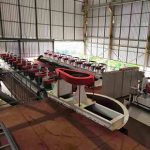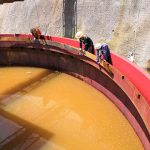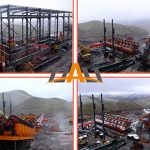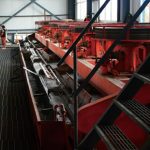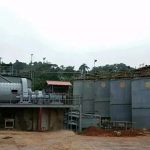Diesel vs. Electric LHD: Which Works Best in Underground Mines?
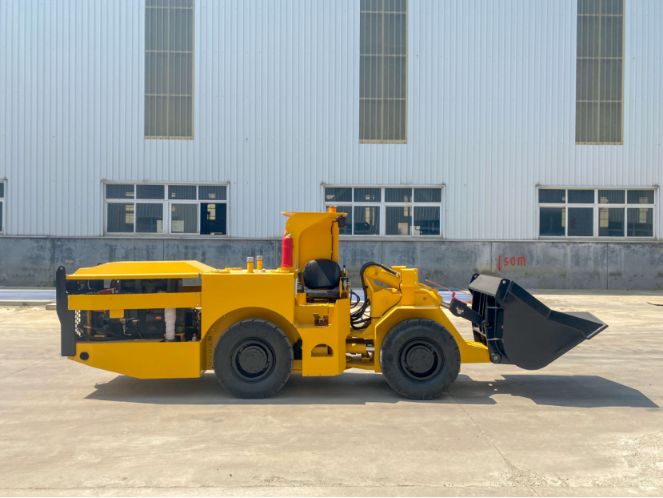
In underground mining, picking the right load haul dump (LHD) equipment can greatly impact your work output. Both diesel and electric LHDs have strengths, but choosing one depends on your mine’s setup, safety needs, and long term expenses. This guide offers a clear, practical comparison to help you decide based on real mining challenges.
Qixia Dali, a trusted name in this industry, provides a wide variety of underground mining tools. With years of know how, they focus on building safe, effective, and sturdy machines for both small, narrow vein mines and big operations. Their solution center shows how they tackle specific mining issues, while their service approach promises lasting support. If you want equipment that balances output with worker safety, their about page explains why miners worldwide rely on their designs. Best of all, they offer both diesel and electric LHDs, so you can pick the one that fits your mine perfectly.
What Makes Diesel LHDs Reliable in Mining?
Diesel powered machines have long been the heart of underground hauling. They produce strong pulling power, travel far, and carry heavy loads, making them vital in deep or distant mines. In subsurface mining, where ore lies far below the surface, dependability matters most. Diesel engines shine because they don’t need charging stations and can run for hours with few breaks.
How Do Diesel LHDs Perform in Narrow Vein Operations?
Diesel models, like the Diesel LHD WJ-0.6, are built for narrow vein mining. This machine has a flexible frame with a 38° steering angle, letting it move easily through tight tunnels. Its small size helps cut closer to the mineral vein, reducing waste rock and keeping ore pure. A comfy canopy with a side seat gives operators a clear view in both directions, boosting control and cutting down on accidents in cramped spaces.
Why Do Mines Still Choose Diesel Despite Emissions?
Diesel LHDs have downsides. Fuel costs more, ventilation needs are high, and carbon emissions worry many. Still, mines pick diesel because it runs without stopping for a recharge. Mines without steady power or charging setups can’t easily switch to electric. Diesel units with catalytic purifiers and silencers cut down on air and noise pollution, making them a better fit for today’s operations.
Are Electric LHDs Better for Worker Safety?
Electric machines are becoming popular because they tackle key underground mining problems: exhaust fumes, noise, and heat. Subsurface mining already puts workers at risk with gas buildup, dust, and cave in dangers. By removing diesel exhaust, electric LHDs reduce the need for heavy ventilation and create a safer, cleaner workplace.
What Are the Advantages of Electric LHDs in Deep Mines?
Electric models, like the Electric LHD WJD-0.6, produce no exhaust fumes. This keeps workers healthier and cuts ventilation costs. In deep mines, where pumping fresh air is costly and uses lots of energy, electric LHDs save money. They also make less noise and vibration, which helps operators stay alert and reduces health issues over time.
Are There Limitations to Battery Powered Equipment?
Electric LHDs aren’t flawless. Their batteries need charging stations, and in busy mines, stopping to recharge can slow things down. Limited battery range and power make them better for mines with shorter haul routes. Setting up electric power and charging stations can also cost a lot for older mines.
How Do Costs Compare Over Time?
When picking LHDs, think beyond the buying price. Look at the total cost over the machine’s life. Diesel LHDs often cost less to buy, but they use more fuel and need constant ventilation spending. Electric LHDs may cost more to set up with charging stations, but they save money over time with cheaper energy and lower air handling costs.
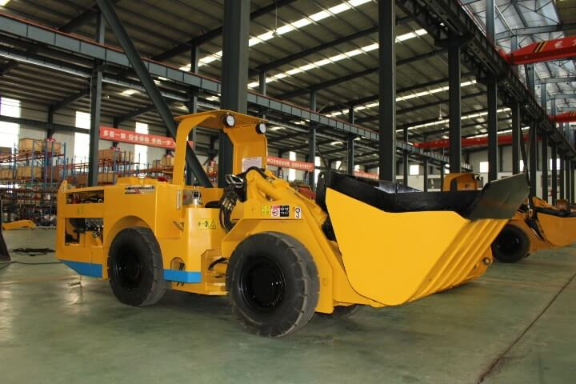
Do Mines Save More With Compact Electric Models?
Yes, in some cases. Small electric LHDs work best where ventilation costs are sky high. For example, mines running multiple fans all day can save a lot by switching to electric. Over time, these savings can outweigh the higher starting costs, especially in mines built for long term use.
Which Is the Smarter Choice for Narrow Vein Mining?
Your choice depends on your mine’s layout and goals. If your tunnels are tight and you want less waste while staying flexible, both diesel and electric LHDs can work. A diesel model like the WJ-0.6 offers strong power and easy movement without needing charging setups. Meanwhile, an electric model like the WJD-0.6 cuts ventilation costs and keeps workers safer. Both are designed to move more ore and lower costs, but the best pick depends on your mine’s setup and future plans.
FAQ
Q1: Which LHD is better for deep underground mines, diesel or electric?
Diesel works well for long hauls without charging needs. But electric cuts ventilation costs and improves air quality, which helps in deep shafts.
Q2: Do electric LHDs completely eliminate ventilation needs?
No, you still need ventilation for dust and natural gases. But electric units lower the need since they make no exhaust.
Q3: How does the size of the LHD affect narrow vein mining efficiency?
Small LHDs reduce waste and move better in tight spaces, making them great for narrow veins.
Q4: Are diesel LHDs more expensive to maintain than electric?
Diesel models often have higher fuel and ventilation costs. Electric units may need costly battery replacements.
Q5: Which option is better for mines aiming for greener operations?
Electric LHDs are better for green mining. They produce no emissions and less noise.
About Us
Qixia Dali Mining Machinery Co., Ltd was established in 1998, located in Yantai City.
The company is mainly engaged in the design, development, production, installation and training of underground mine equipment and ore processing equipment, spare parts supply and sales.
MoreContact Us
- Xinbang Rd, Private Economy Park, Qixia, Shandong Province, China
- +86 135 5307 3459
- ytdali@ytdali.com
 +86 13553073459
+86 13553073459
+86 13553073459
+86 13553073459
